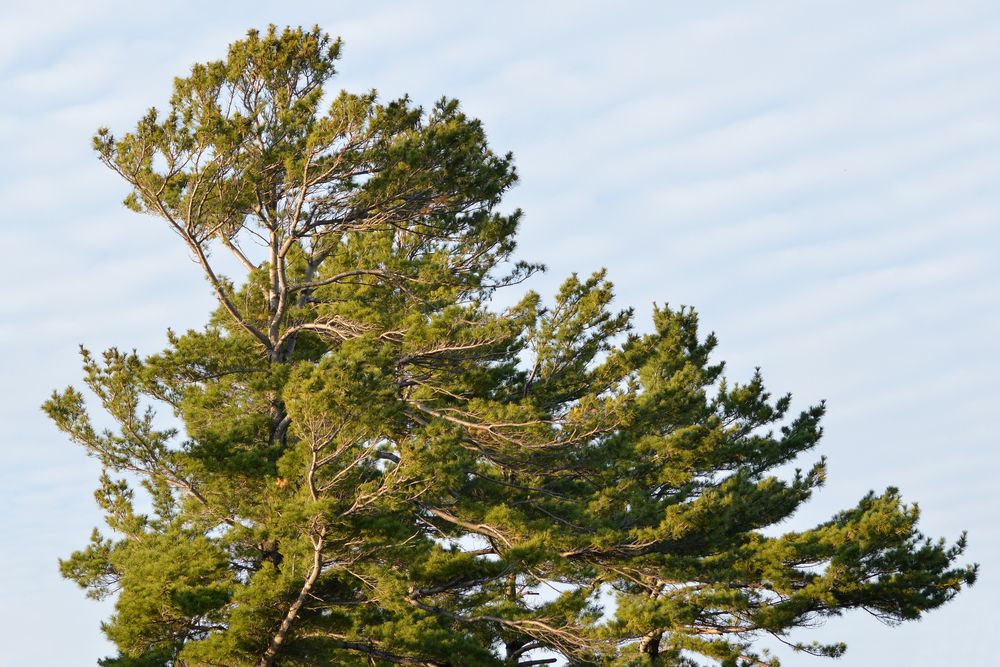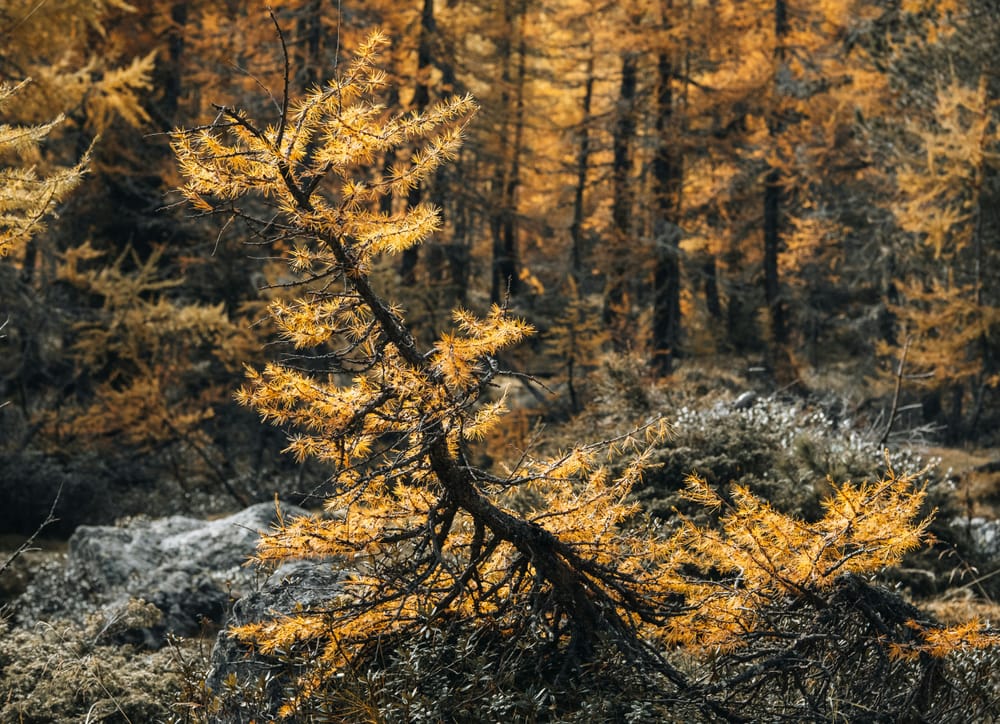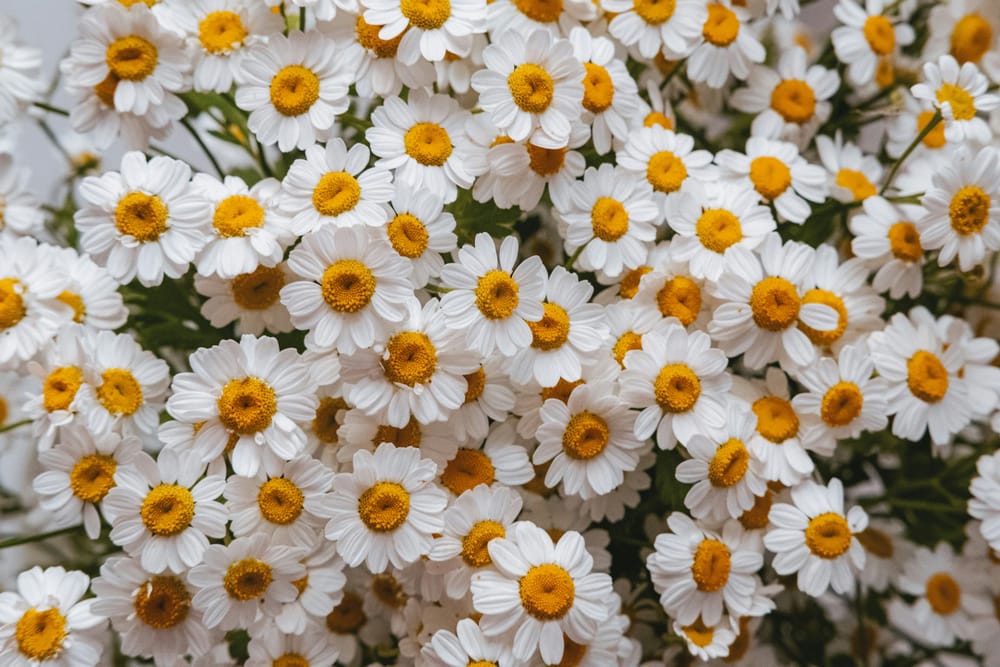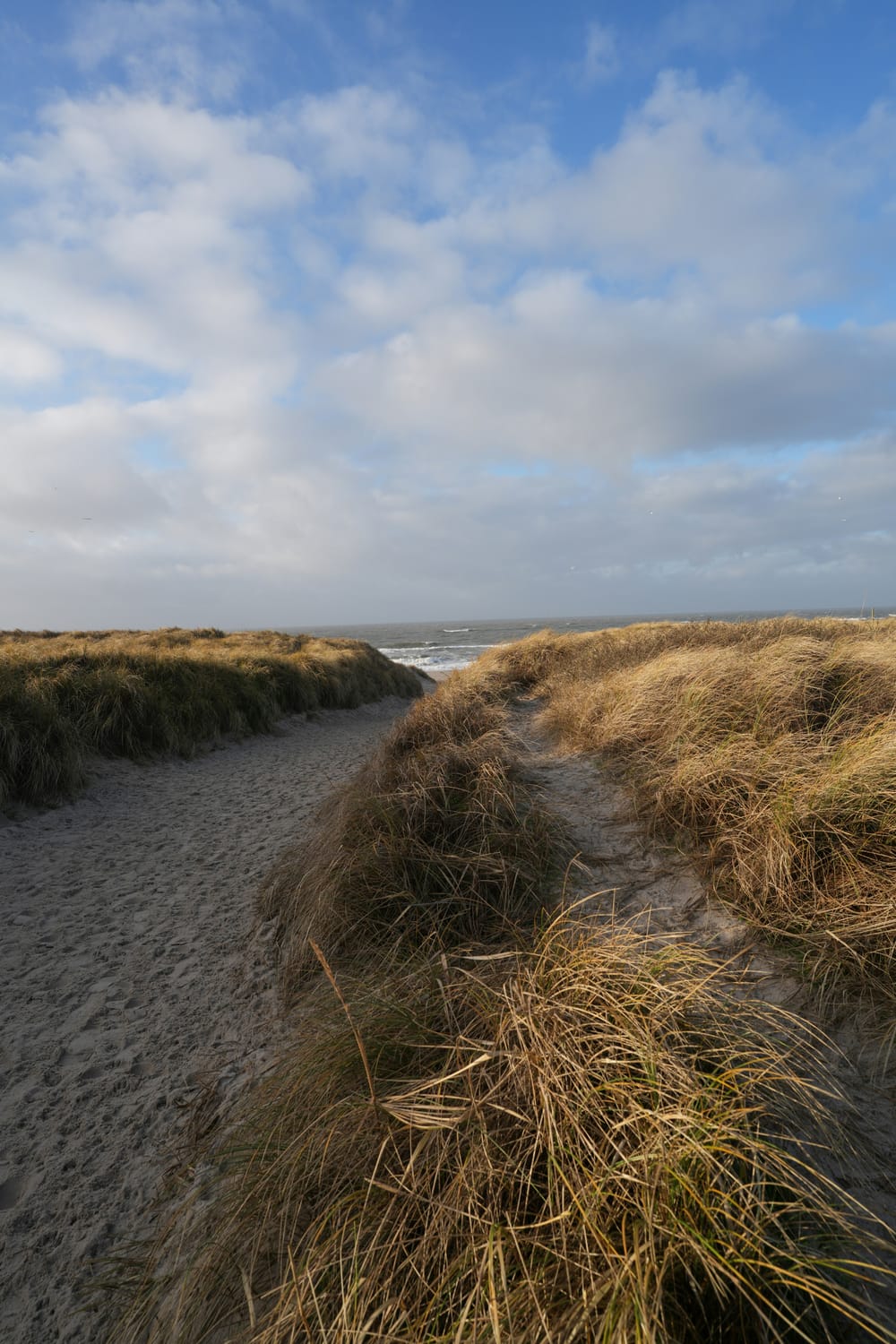I want to tell a story about big tree kin, out here on unceded Anishinaabe territory.
Anishinaabe people are keepers of these lands, though Quebec has never treatied with the people here, pushing them into reserves the size of small villages while parceling off their traditional territory into lots for the forestry industry.
The only exception is when the government of Quebec was desperate to flood their land and made the hydro dam that would keep the lights on in this energy-hungry, cold place, though not for the indigenous communities like those at Kitcisakik, just down the road from a hydro station, who wait for the promise of affordable light and heat to reach them. still.
I digress. No stories inspired by a kinship with trees move in straight lines. I am tracing roots as deep as I can imagine, reaching in the dark. As usual, I’m trying to find the outlines of a story I’ve been missing, just hoping not to fuck it up too much.
But I’ll say this from the start - to orient this kinship meditation on the Missing Witches podcast - witchcraft is activism, it’s political, it has to be, we are people who are kin with those who have been oppressed. Witchcraft then is a land back movement. It has to be, we can’t look for connections to spirit and not throw our lot in with the people who spent hundreds of generations here, learning the spirit of these places.
Witchcraft is a land back movement.
In mapping the practicalities of land back, we follow the lead of indigenous people like Georges Lafontaines, Communication officer at Algonquin Anishinabeg Nation Tribal Council, who writes,
Our demands are not aimed at suppressing the non-native presence. We do not want to put the houses of non-Aboriginal people on wheels. Unoccupied lands are claimed, as well as participation in the management of the lands of the region… we wish to claim this territory in harmony with the population present. We also want important symbols put back in place, such as renaming waterways in the area, which had Indigenous names for millennia before the arrival of Europeans.
I lean into this kind rationality like resting my tired weight on a great tree. Work together. Give the water back their names. I am a settler descendent with an ache in my heart for all the species whose lives are entangled here, all the people who are here, and who have been here. An ache for the trauma in our ancestry, marking circles in our epigenetic history.
I have abusers and survivors in my family both, mad people and mental health practitioners, cunning women and gardeners and people who fell endlessly for multilevel marketing schemes, grandparents who fought nazis, ancestors who were settlers, and ancestors of indigenous heritage whose culture was erased by the time it came down to my grandfather - I guess they were just trying to survive. I have ghosts in all my family stories, I am kin to all the ways we have been made amnesiac and tongue-tied, used by the machine logic of capitalism, the delusions of white supremacists, the death cults of misogyny. I don’t know how to cope with the contradictions without breaking apart. I am cracking, whipping in the wind.
I am cracking, whipping in the wind.
I am looking for names, rituals, identities, kinships that give me rooted power, that return power to my ancestors and community and to a green and living peaceful future. I claim the word witch because it gives me power, as an artist, writer, community builder, shapeshifter, cackling and keening and raising a kid with a good man out here on an old mountain, by a small lake, in a young forest that remembers ancient trees, and people with other ways of being.
When I go looking for missing history I feel like I am white pine kin, though maybe it’s more accurate to say I feel kin to their ghosts. Kin to all those who know that we are missing kinship. I feel a kinship with the lonely, kinship with the haunted, with those whose stories are ashes. Beyond three generations my ancestors are almost entirely unknown, an amnesia that is common but no less disorienting for being banal. But I know my ancestors sat beneath big trees. On the West it's redwoods, but here, the giants who sheltered this place were white pine.
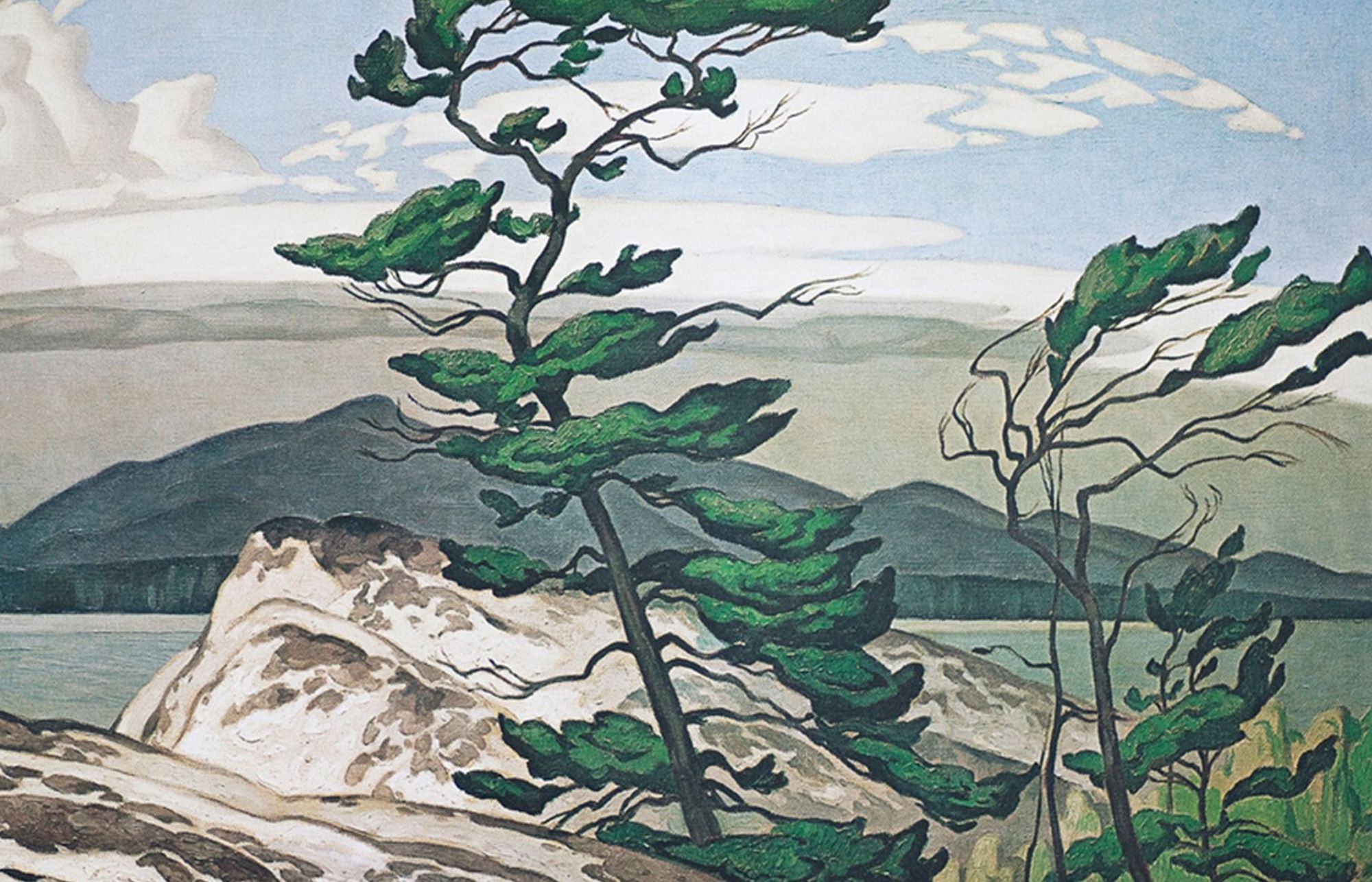
White Pine seem to mostly live in the Canadian imagination thanks to high school art class, paintings by the Group of Seven. Some of my ancestors understood and revered them maybe, some probably felt just a twinge of regret as they sawed them down to try and scrape out a farm, but their great roots make waterways, feed new generations, haunt the landscape here, still. And sometimes unexpectedly you meet one, a towering dinosaur that survived. White Pine.
A tree that makes a space for peace beneath its gentle arc, a tree that gives everything, the original giving tree, a tree used to fuel the colonization of the world. A tree that dreams of life somewhere, somehow beyond colonization. Trees whose ghosts I feel all around me.
We live in woods that were logged, all these northeastern woods were logged, all the way up north to the tundra in many places, and the loggers were cold, hungry, on the run from the failure of nations that couldn’t care for their poor and decided to dehumanize, devalue, degrade, eat other nations instead. Loggers were paid by the piece, which set them desperate ripping down the woods in search of timber, and especially white pine. Easy to cut and carve, resistant to rot, growing so tall and straight that the tallest, oldest, strongest among them were claimed by the British monarchy. These were called mast pines. They were the tall spines of the ships that invaded the world.
But long before these trees were felled, lashed together into great rafts, waltzed on by log riders down the great rivers, carved into trading posts and banks, mounted on ships, the pride of the British navy, white pine was rooted at the heart of the sacred mythology of the Haudenosaunee confederacy. 6 generations back there is a woman in my family, and almost all I know about her is her name and that she was from one of the nations in the Haudenosaunee or Iroquois confederacy. I claim no indigenous identity but when I run my hand through pine needles walking out here I always think of her. Hannah Lakin. White pine kin.
A Haudenosaunee teacher's guide reads:
One of the most important events that shaped the Haudenosaunee was the creation of the Gayanesshagowa (gaya-ness-HA-gowa), the Great Law of Peace. It guides the Haudenosaunee through all aspects of life. A full rendition of this epic, which takes several days to tell, reveals the ways in which the Peacemaker’s teachings emphasized the power of Reason, not force, to assure the three principles of the Great Law: Righteousness, Justice, and Health. The Great Law of Peace provides the Haudenosaunee people with instructions on how to treat others, directs them on how to maintain a democratic society, and expresses how Reason must prevail in order to preserve peace…
When peace had successfully been spread among the five nations, the people gathered together to celebrate. They uprooted a white pine tree and threw their weapons into the hole. They replanted the tree on top of the weapons and named it the Tree of Peace, which symbolizes the Great Law of Peace that the Haudenosaunee came to live by. The four main roots of the Tree of Peace represent the four directions and the paths of peace that lead to the heart of Haudenosaunee territory, where all who want to follow the Great Law of Peace are welcome.
According to the Haudenosaunee confederacy:
The White pine tree was the tree chosen by the Peacemaker as a symbol of the unity of the nations of the Haudenosaunee confederacy. Its needles which always grow in clusters of five are symbolic of the uniting of the nations. The white pine also has broad branches that can provide shelter and it is beneath the tree that the Peacemaker asked the Chiefs to join him.
The teachers guide continues:
Great Law of Peace is one of the earliest examples of a formal democratic governance structure. The Great Law of Peace was known to some of the Founding Fathers and has been compared — in terms of designated authorities and balances of power — to the U.S. Constitution. The Haudenosaunee Grand Council is the oldest governmental institution still maintaining its original form in North America.
The philosophy at the heart of the great law of peace also leant its roots to american pragmatism a philosophy dedicated to community and social interaction, collectively shaping a truth that is useful. A philosophy that at its best rejects the cruelty of absolutism and asks us to continue to talk to each other to find useful ways forward.
Continue to talk to each other.
The Haudenosaunee confederacy combines leaders chosen in season with leaders who serve for life, a balance of genders, and at its heart it enshrines consensus. People come together to tell their stories and perspective and to find their way up the long roots to a sturdy place of agreement.
The white pine invites us to peace. Not a fragile peace, but a rugged, adaptive peace. Not a quiet obedient peace, but a peace alive with the talking of long green needles in small groups and long branches, a peace that is tough and evergreen, with space for all our voices and the voices of our ghosts negotiating.
For this season of the Missing Witches podcast, we are inspired by the voices that we hear whispering as we seek kinship. Who haunts the land we’re on? Who keeps its stories?
In “Decolonization is for Everyone” Nikki Sanchez asks us to find out who were the traditional keepers and kin of the land our grandmothers grew up on.
My Canadian grandmother in grew up in Sudbury, her father was an engineer at the Coniston hydroelectric dam, on the Wanapitae river, the traditional territory of the Atikameksheng Anishnawbek, Anishinabe people who had traveled and tended this area for tens of thousands of years before the fur trade, and then the logging, and then the nickel mine.
Before the mine, Sudbury was called “Sainte Anne des Pins” Saint Anne of the Pines.
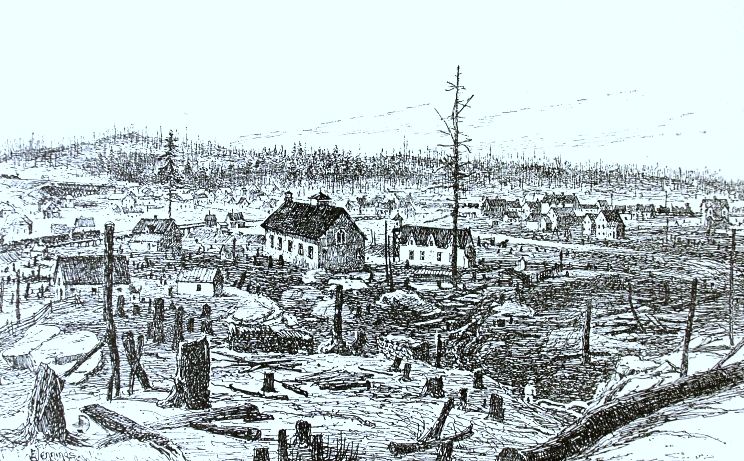
White Pine are an ancient species, they are dinosaurs, they date to the mid-Mesozoic Era ie; the Jurassic period, they survived great extinction events like the comets that formed the lake where my grandmother’s father helped build the dam, like the great wall of ice 4 kms high that covered this land during the ice age. If you imagine these tree giants as a family species over stretches of thousands and years, picture them walking. Holding hands under the earth. White pine know deep time.
130 thousand years ago the white pine were here, and so were the ancestors of the Anishinabe people. They have oral history on these lands going back 130 thousand years, two ice ages ago, they tell stories of ancestors who they call Ice Runners who traversed the great expanse.
For decades settler historians and anthropologists dismissed these claims, it was commonly understood by white researchers that oral history was only reliable to 1000 years, anything beyond that must be the fevered dream of folklore and fiction. But Dr. Paulette Steeves, Canada Research Chair in Indigenous History—Truth and Reconciliation, has spent her career documenting sites across turtle island that together come to confirm the Anishinabe timeline. 130 000 years.
I rest myself in the cup of that vast timeline. People were here, living and breathing, evolving and walking with these trees. In the distance of deep time, trees and humans share a common ancestor. We share a quarter of our DNA with trees. I don’t claim to speak their language or know their stories but on campgrounds in northern Ontario, I have rested my heart against them, watched them lean into the wind and take wild shapes, wolf pine they call them when they snarl, hackles up on the rocky shores of the great Canadian shield.
And I know my ghosts and their ghosts are kin.
And I know you and I are ancient tree kin and unseen we are holding hands, and the sap in us is rising.
Amy and I and our growing coven of wildly different human beasties all around the world, are Missing Witches, we come from a place of haunting, still trying to find missing stories and the wisdom we’ve been aching for, buried beneath the white noise of pop-up ads and optimization.
Our work together always asks: if we listen, what could we learn? We come from a place of longing. The feeling that we are surrounded by ghosts who long to be guides, to help us see beyond what is to what could be.
This season we are inspired by the more-than-human world, and by the people who have dedicated their lives, careers and cultures to connecting and communicating with animals, nature, sentience, beingness.
Paulette Steeves in her book Indigenous Paleolithic of the Western Hemisphere writes:
There is a quote attributed to Louis Riel: ‘My people will sleep for one hundred years. But when they awake, it will be the artists who give them their spirit back.’ After five hundred years of colonization, the artists, storytellers, and knowledge holders are awake, and other truths are being told. Stories have been held in Indigenous people’s hearts and minds and held within the land for thousands of years. They rise now, bringing and enormous wealth of proof that other truths are valid.
Other truths are valid and - as root systems and the circular ways of stories show - other ways forward are possible.
Other truths are valid.
Nadia Mykytczuk works in bioremediation in extreme and disturbed environments, she wrote about the work that’s been undertaken to bring Sudbury back from the brink:
For almost 100 years, Sudbury’s community and environment were blanketed in sulfur dioxide and metals released from the smelting of nickel ore. The sulfur acidified the soils, rain and lakes. The pollution triggered the complete loss of vegetation, leaving barren rolling hills of blackened rock. It was a devastated landscape.
But 40 years ago, scientists, citizens, governments and mining companies in Sudbury set out with the goal that, no matter how damaged the environment was, it was worth trying to repair it. Since then, city- and industry-led programs have planted 12 million trees and revitalized over 3,400 hectares of land. People now swim and fish in the 330 lakes that fall within the city boundaries and were once highly acidic. Today, Sudbury has some of the cleanest air in all of Ontario.
The people are planting trees. We can do hard things. The work isn’t done, but we can draw on kinship — with diverse people and with ancient species — to steady ourselves for the road ahead.
Henry David Thoreau went looking for the white pine and was brokenhearted to find mostly massive stumps, a trail of tree bones, circles of centuries cut short. When he found one standing he wrote:
It is the living spirit of the tree, not its spirit of turpentine, with which I sympathize, and which heals my cuts. It is immortal as I am, and perchance will go to as high a heaven, there to tower above me still.
The tree spirit is immortal, it towers above and roots deep below, it crosses thresholds and is at peace bridging binaries.
You and I are white pine kin. You were sacred long before you were used as a tool. I had value before I sold my labour to keep food on the table. I am a sapling now of someone trying to find their way, in the dark, to a life with more rootedness and it helps me to remember that I am kin to ancient trees. Kin to a peacemaker. I am sending messages down the living wires, dreaming across generations of a possible peace. My DNA remembers how to give everything everything everything.
In A Ghost in the Throat, Doireann Ní Ghríofa writes:
In choosing to carry a pregnancy, a woman gives of her body with a selflessness so ordinary that it goes unnoticed, even by herself. Her body becomes bound to altruism as instinctively as to hunger. If she cannot consume sufficient calcium, for example, that mineral will rise up from deep within her bones and donate itself to her infant on her behalf leaving her own system in deficiency. Sometimes a female body serves another by effecting a theft upon itself.
My body and our tree kin know about giving everything. My body will give itself entirely to a hope for the future, and it does this with a kind of knowing and decision-making that exists somewhere way beyond my conscious will.
White Pine trees have their own long memories, their own logic and reason. And they are charting their own path,
Eastern White Pine trees have moved more than 80 miles west since the early 1980s in the United States, according to a new study, and they’re likely to continue migrating as the climate changes. But climate change explains only 20% of the movement, and the rest is a mystery.
We think of people migrating driven by war, or forced to relocate as the waters rise, or the great migrations of wildebeests across Kenya and Tanzania, but trees migrate too. So slowly, seeds blown by shifting winds, older trees sending messages down along the mycorrhizal network that connects trees to tree, telling their children about dangers we can’t see, about where to find the right balance of sunlight and water, sending them towards some hope written in their cells.
Maybe the great trees of the northeast are walking towards their old growth cousins in the west, maybe they are gathering their forces to make a stand, a circle of mother trees protecting the spark of life that our delirious consumption has almost extinguished. Maybe.
Maybe they are driven by knowledge and needs we can’t even imagine.
We know this much: White pine need fire. Their seeds are cracked open and the life process is triggered by raging heat, and they need a clear space with no canopy above to survive their early years. And oh I feel this one in my bones, the need to rage, to be split all the way open by the destruction of what I knew before. And I relate to the instinct to burn it all down to make a safe space for my kid.
In Quebec we have a gap in the age of the white pines, most are over 70 years old. After the logging rush, our attempts to regrow this species mostly failed because we didn’t listen to the knowledge of the people here, we didn’t grow with fire, knowledge about the wisdom of controlled burns was ignored, and the white pines that white people planted often died. But in the last 30 years, maybe we’ve started to learn something. The numbers of white pines surviving in managed forests is on the rise. A tiny uptick, a breath of hope. I want to believe we are slowly, together, learning a new way forward.
I am White Pine kin.
I need to learn to control my rage but also let it out, so new shoots of ancient peacemakers have space to grow. There is a small fire in me and I’m keeping it alive, though I’m walking in the dark.
Mary Oliver, in all her wisdom, writes:
Isn’t everything, in the dark, too wonderful to be exact, and circumscribed?
For instance, the white pine that stands by the lake. Tall and dense, it’s a whistling crest on windy mornings. Otherwise, it’s silent. It looks over the lake and it looks up the road. I don’t mean it has eyes. It has long bunches of needles, five to each bundle. From its crown springs a fragrance, the air is sharp with it. Everything is in it. But no single part can be separated from another.
I have read that, in Africa, when the body of an antelope, which all its life ate only leaves and grass and drank nothing but wild water, is first opened, the fragrance is almost too sweet, too delicate, too beautiful to be borne. It is a moment which hunters must pass through carefully, with concentrated and even religious attention, if they are to reach the other side, and go on with their individual lives.
And now I have finished my walk. And I am just standing, quietly, in the darkness, under the tree.
Witches, we are standing, quietly, in the darkness under the tree. The tree conjured by Mary Oliver, with the ghosts of white pine ancestors, in the wide circle of all our wild and diverse ancestors, ten thousand deep.
Breathe here, pass through carefully.
Breathe in the smell of pine, conjure it, some part of you remembers. And commit to keeping the memory fresh: next time you see a pine of any kind, hold its long thin needles to your face, close your eyes, call up the great white pine kin stretching for miles above and beneath just a wink ago in the perspective of deep time, crushing weapons beneath it, dreaming of peace. Carry this wish with you: may white pine find you in your dreams, not just their turpentine, their mast spines, not just a delicate tea of their needles rich with vitamin c, not just their healing sap coursing under skins and across times, all this is there too but it’s the way trees are, the beingness of them, their memory, the way of knowing, that you call to with the dna in you that resonates with them. That knowing seeps into your dreams. “Everything is in it. But no single part can be separated from another.”
The way we are above and below, sky and soil. The way we pulse with nutrients, nitrogen, love in the interstitial-ness, in the space and beings between us that are us.
We have been used by systems that are in spasm, like muscles overused; but we pre-exist those raging children.
Our ancestry is rooted and towering.
We are white pine kin, breathe, believe, begin again.
We are white pine kin.
Works Cited
https://www.ababord.org/L-histoire-de-l-occupation-Anishnabe-dans-les-Laurentides
https://www.esd.ornl.gov/projects/qen/nerc130k.html
https://www.science.org/content/article/ancestor-all-placental-mammals-revealed
https://forestierenchef.gouv.qc.ca/wp-content/uploads/135-143_MDPF_Pins.pdf
https://www.sudbury.com/lifestyle/resident-works-with-sudburys-white-pine-history-225237
https://thenarwhal.ca/opinion-sudbury-ontario-extractive-industries-transition/
https://www.sciencedaily.com/releases/2012/06/120620133357.htm
https://iupress.org/9780253215192/native-pragmatism/
https://americanindian.si.edu/sites/1/files/pdf/education/HaudenosauneeGuide.pdf
https://www.nelma.org/the-eastern-white-pine-tree-will-likely-migrate-west-with-climate-change/
https://www.jcrt.org/archives/04.3/lokensgard.pdf
